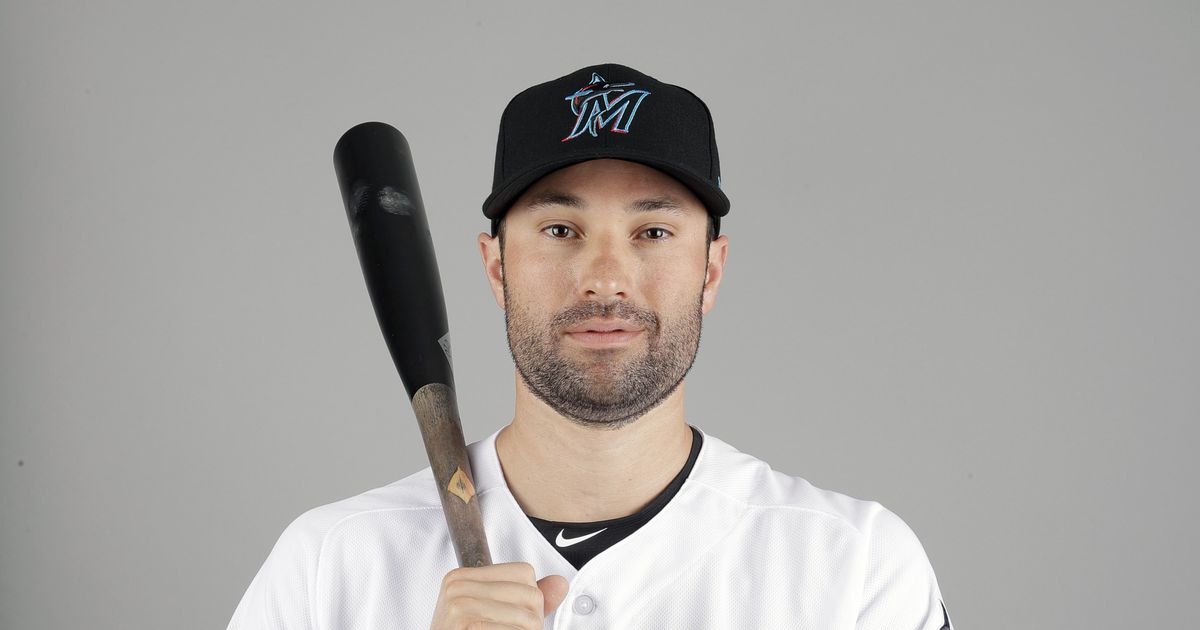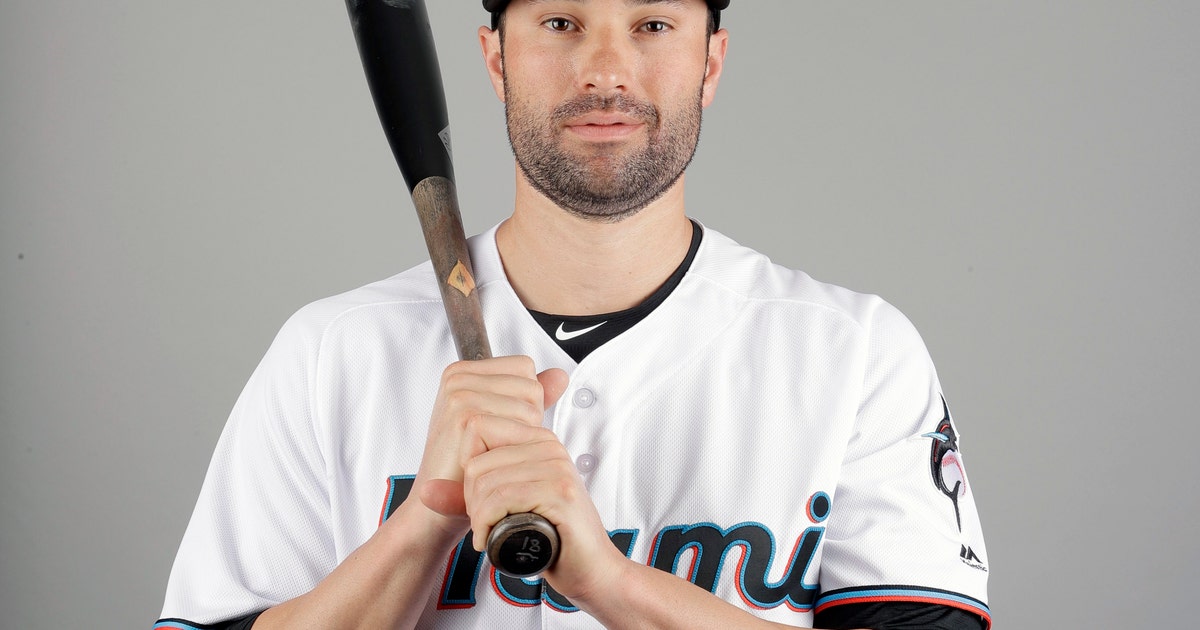After veteran salaries drop, baseball players want change


NEW YORK (AP) — Neil Walker’s salary dropped from $17.2 million to $2 million in two years. Greg Holland was cut from $14 million to $2 million this season. Daniel Murphy fell from $17.5 million to $10 million.
While Manny Machado agreed to a pending $300 million, 10-year contract with San Diego and Bryce Harper is likely to top Giancarlo Stanton’s record $325 million, 13-year deal, many less-than-superstar veterans have been routed on the free-agent market.
Players want change, and management could be open to negotiations for alterations to the collective bargaining agreement as part of an extension of the current deal, set to expire in December 2021.
“It’s really clear there’s been a redistribution of how clubs are looking at veteran players,” agent Scott Boras said Wednesday. “We have a clear problem in the industry of a non-competitive cancer. Like any patient with a malady, we have to address it immediately. Otherwise it is going to get steadily worse.”
Of the 111 announced agreements among the 164 players who exercised their free-agency rights after the World Series, 36 were for minor league contracts and 26 were one-year deals for less than last year’s average salary of just over $4 million.
In all, 46 players got one-year contracts, 19 two-year deals and seven three-year agreements. Just three longer contracts for free agents have been announced: left-hander Patrick Corbin’s $140 million, six-year deal with Washington, outfielder A.J. Pollock’s $60 million, five-year contract with the Los Angeles Dodgers and pitcher Nathan Eovaldi’s $68 million, four-year package with Boston.
Clubs are replacing veterans with younger players earning at or near the $555,000 minimum who lack the roughly 2 2/3 years of major league service needed to be eligible for salary arbitration. In the age of analytics, cheaper may not be better, but often it’s not much worse.
“All veteran players of a certain age are being affected by this analysis, which is not just widespread but fairly consistent across most clubs,” said former New York Mets general manager Sandy Alderson, now an Oakland Athletics senior adviser. “The math is the math.”
Spending on big league payrolls dropped last season for the first time since 2010, an $18 million fall to $4.23 billion, according to figures compiled by the commissioner’s office and obtained by The Associated Press. While the decrease was attributable to drug and domestic violence suspensions and a player retiring at midseason, payrolls were otherwise flat, unusual for a sport with rising revenue.
Team behavior changed following a new collective bargaining agreement, which imposed a higher luxury tax on big spenders. The New York Yankees dropped under the tax threshold last year for the first time since 2003 and the Dodgers for the first time since 2012. Neither showed great interest in Harper or Machado.
“Isn’t it odd that all 30 teams have gone younger and cheaper rather than older and better?” agent Jay Reisinger said. “It’s more than a coincidence that guys remain unsigned. Clubs are treating the tax threshold as a salary cap. If you look at the salary-cap sports, it is most often the middle-class that gets squished.”
In addition to Harper, Craig Kimbrel, Dallas Keuchel, Marwin Gonzalez, Carlos Gonzalez and Gio Gonzalez were still on the market on the eve of the exhibition opener scheduled for Thursday.
And many of those who have signed got deals for a fraction of their initial hopes. Mike Moustakas turned down a $17.4 million qualifying offer from Kansas City after the 2017 season and returned to the Royals in mid-March for a one-year contract that included a guaranteed $6.5 million. He was traded to Milwaukee during the summer, earned $2.2 million in bonuses and became a free agent again. He stayed with the Brewers for a one-year deal guaranteeing $10 million — raising his two-year total to just $1.3 million more than the one-year contract he turned down 15 months ago.
“It was nice to see Manny come off the board yesterday, but ultimately it’s a lot more than one player,” said reliever Andrew Miller, who left Cleveland for a $25 million, two-year contract with St. Louis. “Even the guys that are getting deals that they’re happy with, the timing of it is unique compared to what we saw in the past. It used to be a couple guys maybe played the long game. Now it seems like a lot of guys have no choice. The stories that we hear when guys show up to camp is that they had no offers.”
Players are ready to go to war over WAR. Teams compare the Wins Above Replacement of veterans against rookies. In addition, data shows older players spent more time on the disabled list.
The system since 1976 has been based on seniority. Clubs control the salaries of young players, those with roughly three-to-six years of service are eligible for arbitration and those with more than six are free. For decades, many players in the second half of their careers had deals that reflected earlier production more than their current output.
“There has been an explosion in data, and when you have more data you have fewer gaps that require some intuitive or subjective assessment,” Alderson said. “The second aspect of this is people running clubs are all exposed to the same data, and the data is only minimally subject to interpretation.”
Data also is causing teams to shed veterans during the offseason in favor of rebuilding. The cost of amateurs residing in the U.S., Puerto Rico and Canada was capped in the labor contract that started ahead of the 2012 season and the price of international amateurs was capped before the 2017 season.
Boras, whose top free-agent clients include Harper and Keuchel, suggests adding wild-card teams, so more teams try to compete later into the season.
“There is a clear evidence of tanking in our industry,” he said. “Clubs are choosing to lose and tank and the decrease in competition for the better teams does not require them to be as good. So they have less incentive to build the depth of their roster.”
Baseball Commissioner Rob Manfred maintains all teams are trying to win, though some have a longer-term vision of success. Boras says stripped-down rosters have been the cause of three straight years of attendance drops — to under a 30,000 average for the first time since 2003.
“I’m not saying that every team has to serve steak, but I’ll tell you what, fans of this game love to go to the ballpark and have a good hamburger,” Boras said. “And that means that they know their team can beat another team every time. But when you walk in there and you’re serving essentially stale, less-than-quality meat, fans aren’t going to come, and the evidence has shown they won’t.”







